Service Learning Can Be “Education at Its Best”
A MiddleWeb Blog
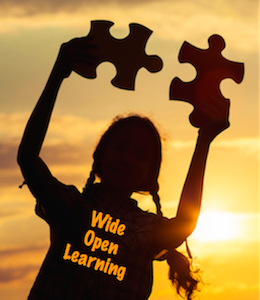
This quote has been attributed to everyone from Bruce Lee to Johann Wolfgang von Goethe. I prefer to credit the oldest possible source, Leonardo Da Vinci.
Regardless of who said it, the sentiment is important enough for me to hang it in my classroom each year. It is a call to action for myself and my students. We must take what we’ve learned and use it to make the world a better place. This is where service learning comes in.
Service learning takes community service and integrates it more authentically into the classroom. Students use the skills and information gained in their classes to make a genuine contribution to their community, while completing assignments, reflecting on the process, and being assessed.
Organizations across the world are recognizing the activist urges that many of this generation’s young people are feeling.
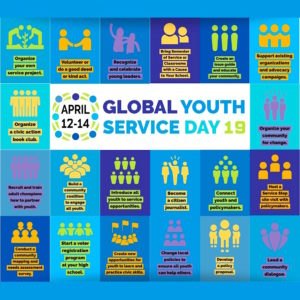
A hybrid of experiential and project based learning, service learning feels like education at its best: a meaningful and memorable experience that can continue long after the school day is over.
Taking World Water Day to school
What does service learning look like in a real classroom? Let me share my own example.
The United Nations has declared 2018–2028 the Water Action Decade in an effort to meet water-related challenges across the globe. Each year, World Water Day is observed on March 22. This is a perfect opportunity to get involved in a massive effort to change the world.
While there is an annual theme (in 2019, it’s Leave no one behind), the issue is broad enough that teachers can make it work with their curriculum and community. In The Bahamas, my co-teacher and I decided to create an interdisciplinary unit focused on water which included service learning.
We frontloaded the unit by setting A Long Walk to Water by Linda Sue Park as the summer reading for students entering the sixth grade. I recorded an audiobook option to ensure that all students were able to access the text and enter the grade with this shared reading experience. This ensured that all students had at least one point of reference for water issues in the world. (There’s also an Audible version.)
Learning about threats to fresh water
When it came time for the unit to begin in February, we did an inquiry into global water issues, as well as unique Bahamian water issues. In social studies we researched the fresh water resources on various Bahamian islands.
After learning about the difficulty of obtaining fresh water in the islands after natural disasters, we spoke with Tessa Hahn, founder of 3 to 5 Days, a nonprofit that offered solutions and filters to The Bahamas after recent hurricanes. Armed with this information, students attempted to make their own water filters, using materials from around their houses.
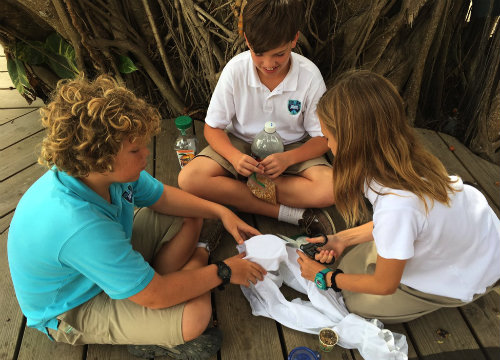
Students using a variety of materials to make water filters.
Once students had built filters that were able to remove most visible debris, it was time for them to learn about pathogens and waterborne diseases in science class. This led to water testing and lab reports. When students learned that many terrible illnesses could be prevented through sanitation and clean water, they were ready to embark on the service aspect of our unit.
Connecting learning with action
We liked the idea of our service becoming an annual project for grade 6 that would continue to build momentum. We decided to raise funds and invest them in a water-oriented community project through Kiva. This nonprofit allows lenders to crowdfund a loan, which is then repaid. We liked the idea of having the money returned and made available for the next year’s class to add to the funds they raise, with our ability to give growing each year.
Students debated between the options for lending money and ultimately decided to fund the materials and equipment to build toilet facilities in Rwanda. To raise funds, we held a Water Walk. A daily walk to obtain clean water was the reality for a character in A Long Walk to Water, and students learned that millions of people walk an average of 3.5 miles every day to get water.
Our students mapped out the route for 3.5 miles, and each brought in a full one gallon jug to carry on the walk. They learned that the water felt heavy very quickly and knew that most people around the world were carrying a larger amount. After the walk those jugs were donated to a hurricane relief organization.
Seeing beyond the school yard
The students raised $540 to invest. When they reflected on their experience, one student wrote,
“Kids around the world that don’t have access to water have to walk alone in poor weather, with little footwear and no protection against the sun. They would have to lift much more than us, walk much longer than us, and rather than doing it only once, they would have to do it several times a day. It made me realize the pain and effort they have to go through to get the basic human necessity of water.”
This unit was satisfying for everyone involved: the learning was meaningful, the tasks were connected, and the culminating event made a genuine difference in people’s lives. The students were proud of their efforts and looked forward to seeing the project grow in the future. I want to incorporate more service in my teaching and find opportunities for students to feel like powerful citizens.
Resources to get you started
When we are studying a topic intensely, I like to have different media available to draw students in. Here are some water-related resources that you could share with your students for World Water Day.
Picture Books
Water Is Water by Miranda Paul
Paul explains the water cycle simply and gives readers a renewed appreciation for the natural ways water impacts our lives. Jason Chin’s illustrations are gorgeous and make the reader want 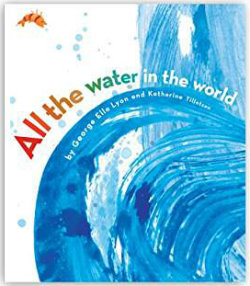
All the Water in the World by George Ella Lyon
Beautiful poetry that touches upon the topics we discussed in our unit: the water cycle, its uses, the importance of conserving it, and inequalities in water access.
Water by Seymour Simon
Simon is the master of nonfiction picture books and the photos in his books are always incredible.
You Wouldn’t Want to Live Without Clean Water! by Roger Canavan
I must admit that the illustrations in this series aren’t my favorite, but my students love them.
News Articles
“Meet the 11-year-old science whiz who invented water-testing device” (Newsela)
“This is how much water you waste when you throw away food” (TweenTribune)
“South African city braces for strict water limits as the well runs dry” (Newslea)
Infographics
Lack of Clean Water Access Worldwide
Picturing a Lifetime of Clean Water Access
The Water-Rich vs. The Water-Poor
10 Ways Clean Water Changes the World
Poetry
Water by Pablo Neruda
Water Versatility by John Sensele
Water by Philip Larkin

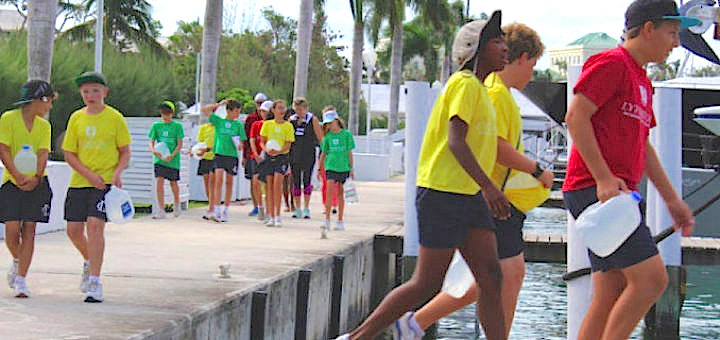





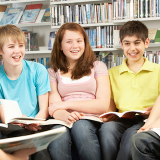



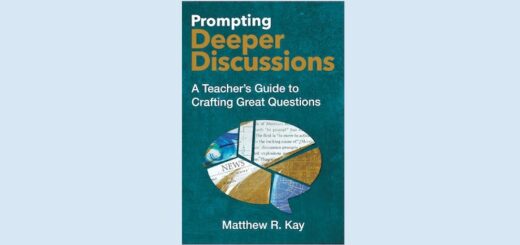
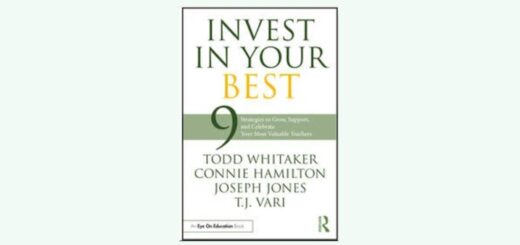
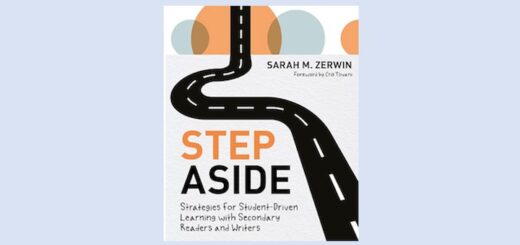
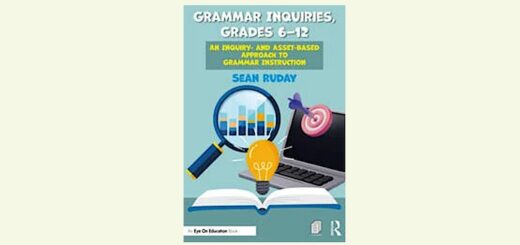
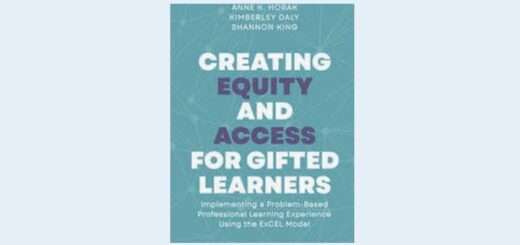
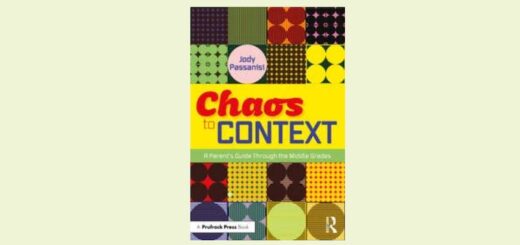
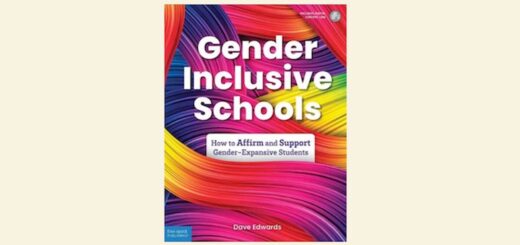
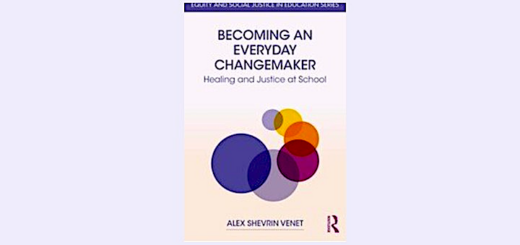
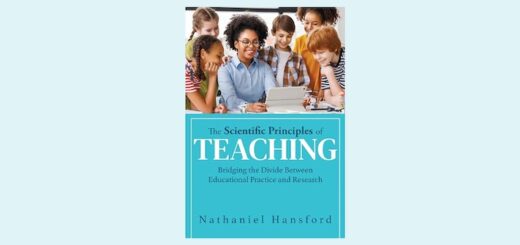
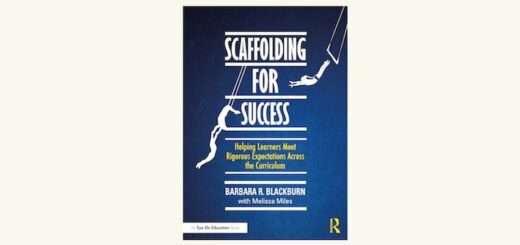
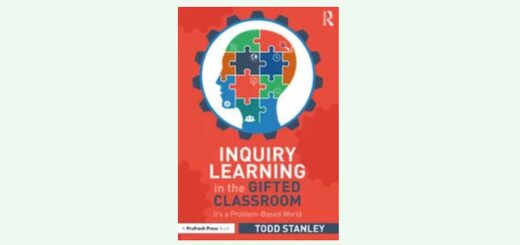
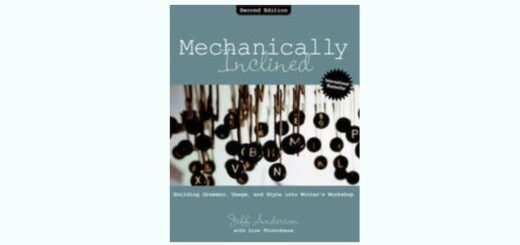
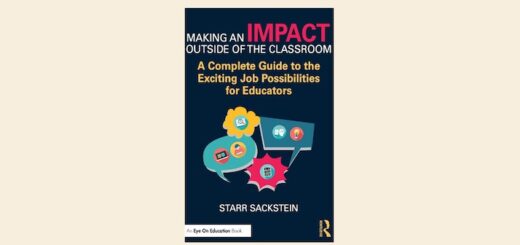
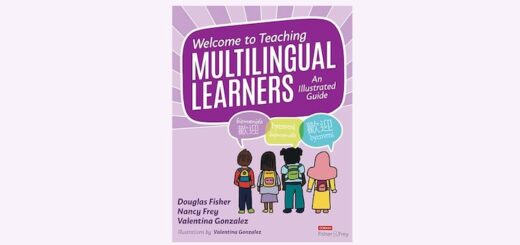
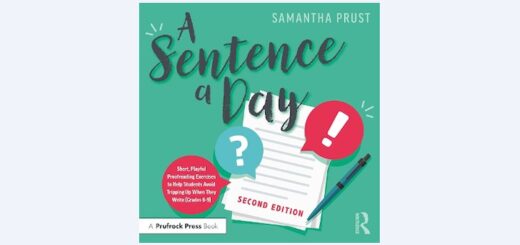
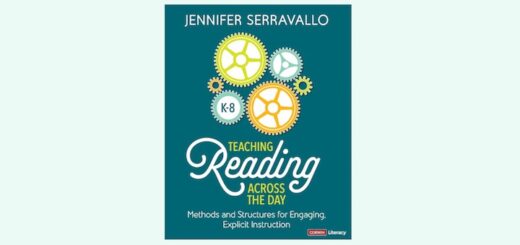
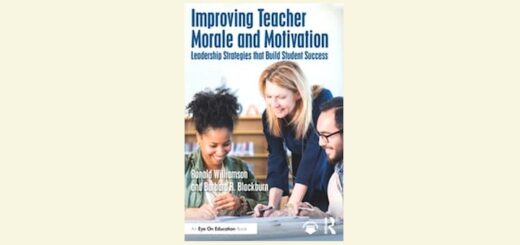
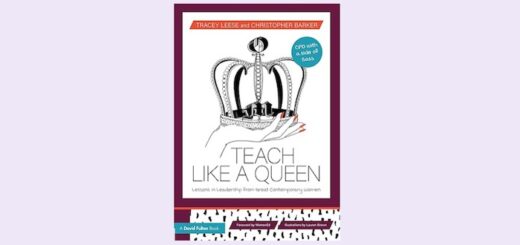
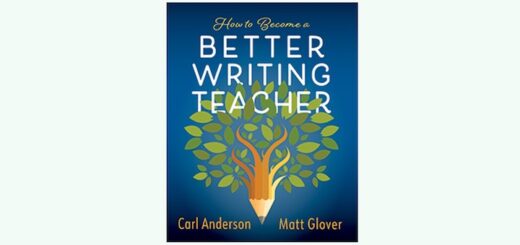
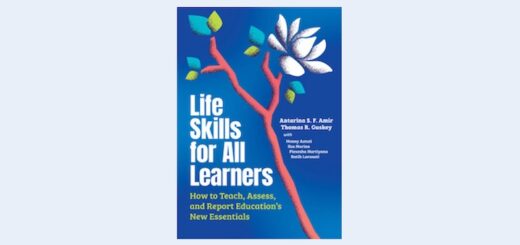
Great ideas! Thanks for sharing!